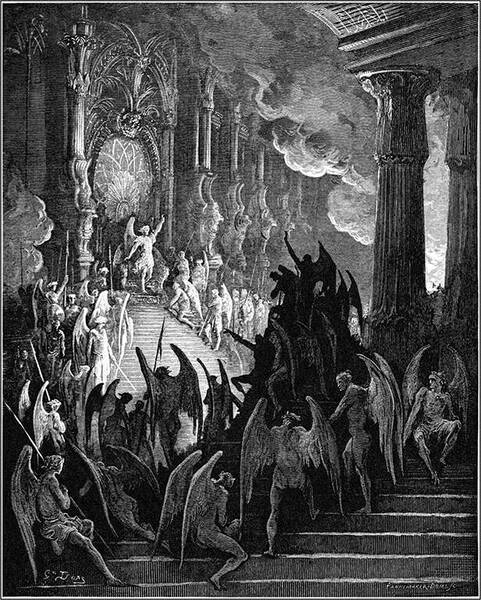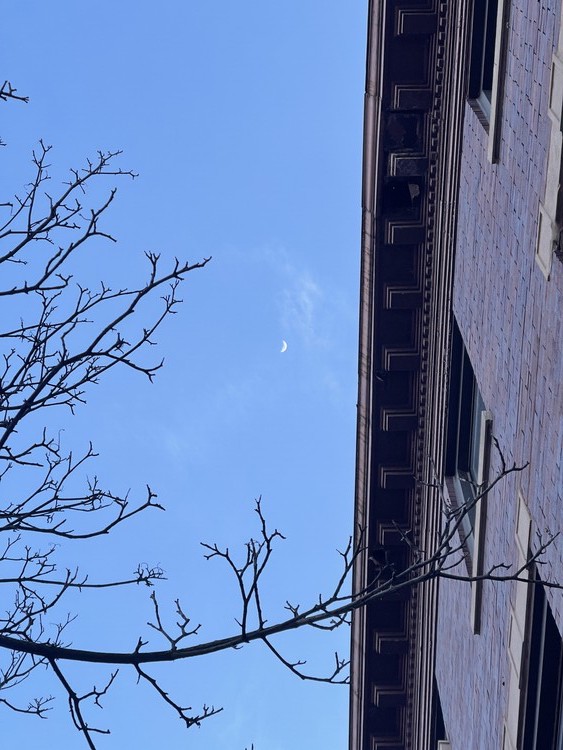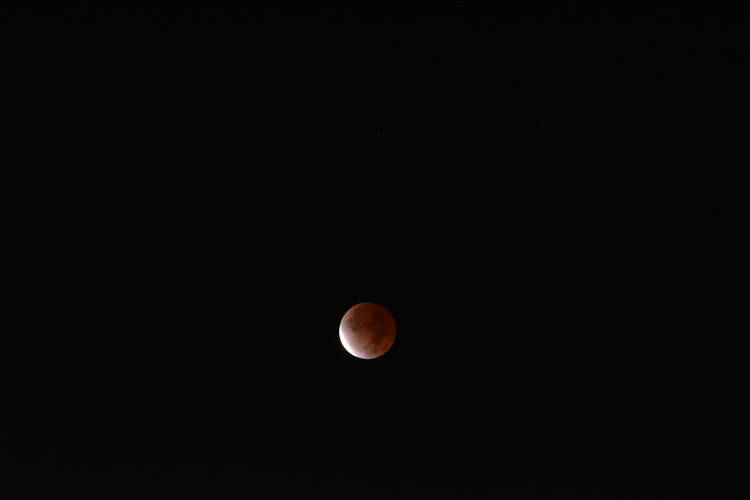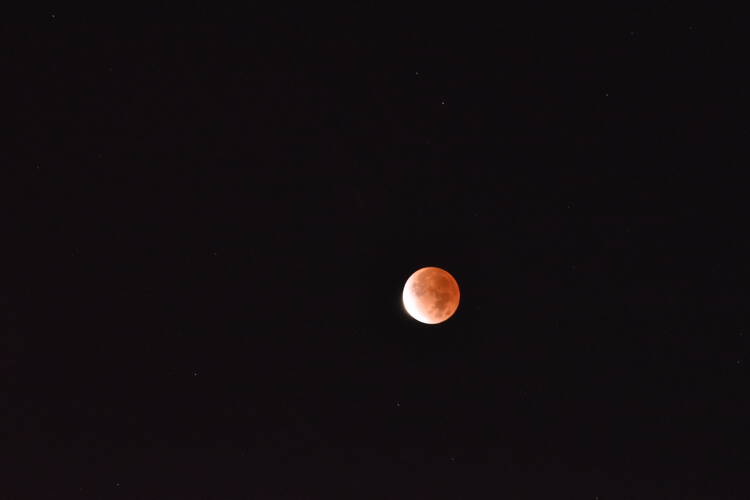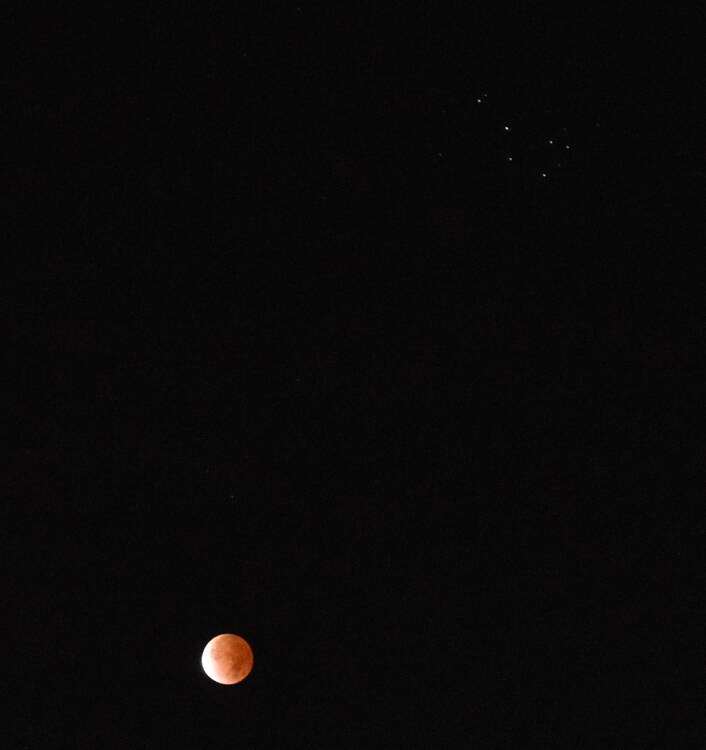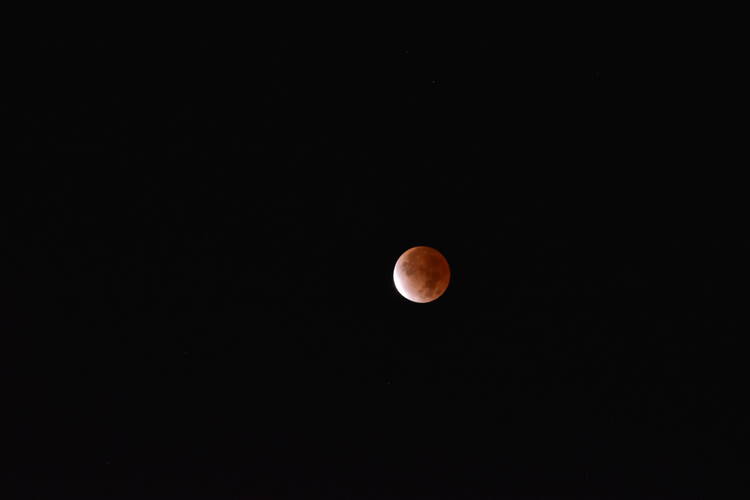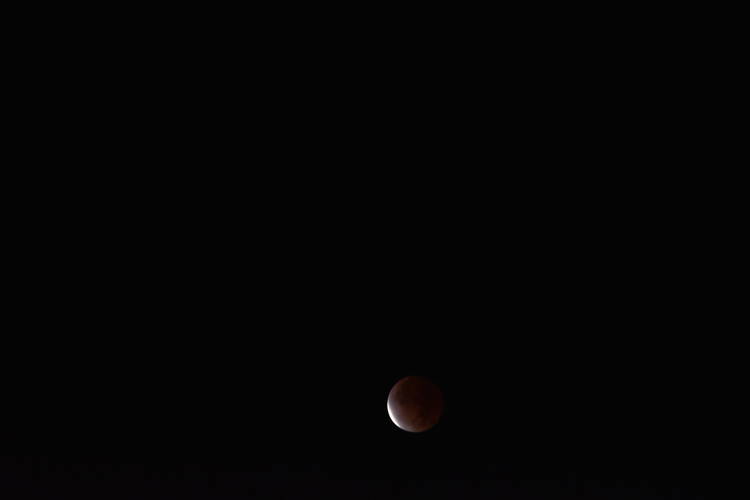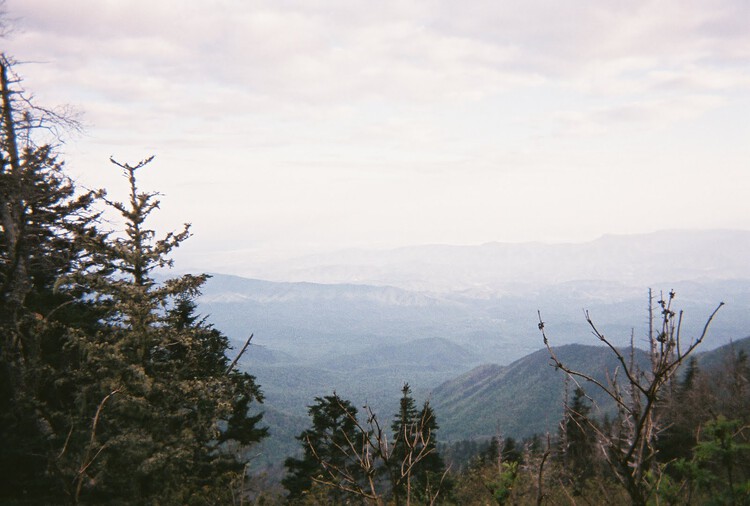Two thoughts on the self and others within intellectual life
Zena Hitz:
I have tried to describe what learning looks like stripped of its trappings of fame, prestige, fortune, and social use. It gives us the splendor of humanity, both individual and collective. If it is for its own sake, we mean that we pursue it not because of external results but because of what it does for the learner. But should we understand this effect on the learner as the grasp of the object of the desire to know, taken all on its own? Or is the goal of learning for its own sake rather the connection with other human beings or with a transcendent being–in other words, the learner’s connection with a wider community of knowers beyond himself? I admit that I am not able to settle this question to my satisfaction. (47)
Karl Ove Knausgaard:
…no matter what I read and write, those activities are, in their best moments, selfless, transporting me into that somnambulent, near-unconscious state in which thoughts think themselves, liberated from the self, yet full of emotions, and so, in a negative or perhaps more exactly a passive way, connected with the surrounding world. Occasionally, in what I have read about, but never myself experienced, that feeling of connection is to the universe and is religious ecstacy, the overwhelming sense of the divine, but more usually the connection is to the we, to the other in ourselves, which can come forward only when critical remoteness is lifted. (from the essay “Inexhaustible Precision”)
Sources
Zena Hitz, Lost in Thought: The Hidden Pleasures of Intellectual Life (Princeton, 2020)
Read more →